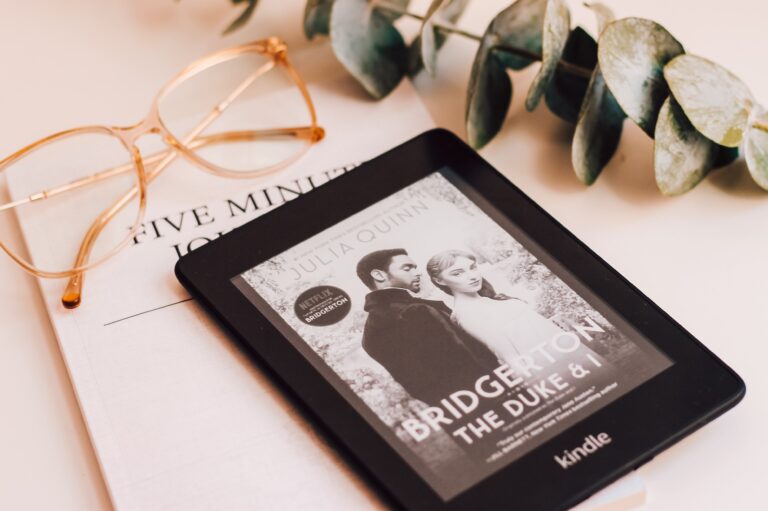Optus Mobile Review ALDI Mobile Review Amaysim Mobile Review Belong Mobile Review Circles.Life Review Vodafone Mobile Review Woolworths Mobile Review Felix Mobile Review Best iPhone Plans Best Family Mobile Plans Best Budget Smartphones Best Prepaid Plans Best SIM-Only Plans Best Plans For Kids And Teens Best Cheap Mobile Plans Telstra vs Optus Mobile Optus NBN Review Belong NBN Review Vodafone NBN Review Superloop NBN Review Aussie BB NBN Review iiNet NBN Review MyRepublic NBN Review TPG NBN Review Best NBN Satellite Plans Best NBN Alternatives Best NBN Providers Best Home Wireless Plans What is a Good NBN Speed? Test NBN Speed How to speed up your internet Optus vs Telstra Broadband ExpressVPN Review CyberGhost VPN Review NordVPN Review PureVPN Review Norton Secure VPN Review IPVanish VPN Review Windscribe VPN Review Hotspot Shield VPN Review Best cheap VPN services Best VPN for streaming Best VPNs for gaming What is a VPN? VPNs for ad-blocking Nowadays, an estimated 16 per cent of Australians are ebook aficionados, spending around $136 million per year on digital reads. But for the uninitiated, ereaders can seem like something of an enigma. How exactly do they work? Are they really worth it? And if so, which one should you buy? Well, that’s why we’re here. We’re breaking down everything you need to know about ereaders in Australia, from what they actually do to what you need to look for in a device. Ereaders work by utilising electronic paper rather than a traditional LCD that you might find on a regular tablet. Electronic paper reflects the light around it without the need for a backlight (though most modern ereaders include one anyway, for night reading). As such, you can read it in bright daylight and, unlike your phone, it will be clear and easy to read. Plus, because they don’t rely on light or colour, ereaders can last weeks (even months, depending on how often you use it) on a single charge. You might think that 8GB isn’t a lot, considering how quickly our smartphone storage seems to fill up, but for an ereader, it’s actually quite a lot. Remember, your device isn’t holding photos or videos - only ebooks, which only take up about 2.6MB on average. That means it can house over 3,000 books, which is more than enough to keep even the most voracious readers occupied. Another thing to keep in mind is the location of the power button. This might seem trivial, but it’s worth going in store and holding an ereader to figure out if the power button will or won’t get in the way of your grip. For example, as much as I love my Kindle Paperwhite, the power button just so happens to be located right where I rest my fingers, meaning I’m constantly turning it off by accident. One thing that sets the premium models (Kobo Clara HD, Kobo Libra H2O, Kobo Forma and Kindle Oasis) apart from their budget-friendly counterparts is warm light (and in the case of the Oasis, auto-brightness). Reading at night, though fun, isn’t exactly great on the eyes, so these models include the ability to shift the backlight from white to a warmer tone. Here’s how each model compares. If your Sony ereader has had it, we’d recommend replacing it with a Kindle or Kobo. They’re both incredibly popular, meaning they won’t be going anywhere anytime soon, and both get regular updates and offer ebooks in their own on-device store. To help you decide which model is best for you, check out the table above.

